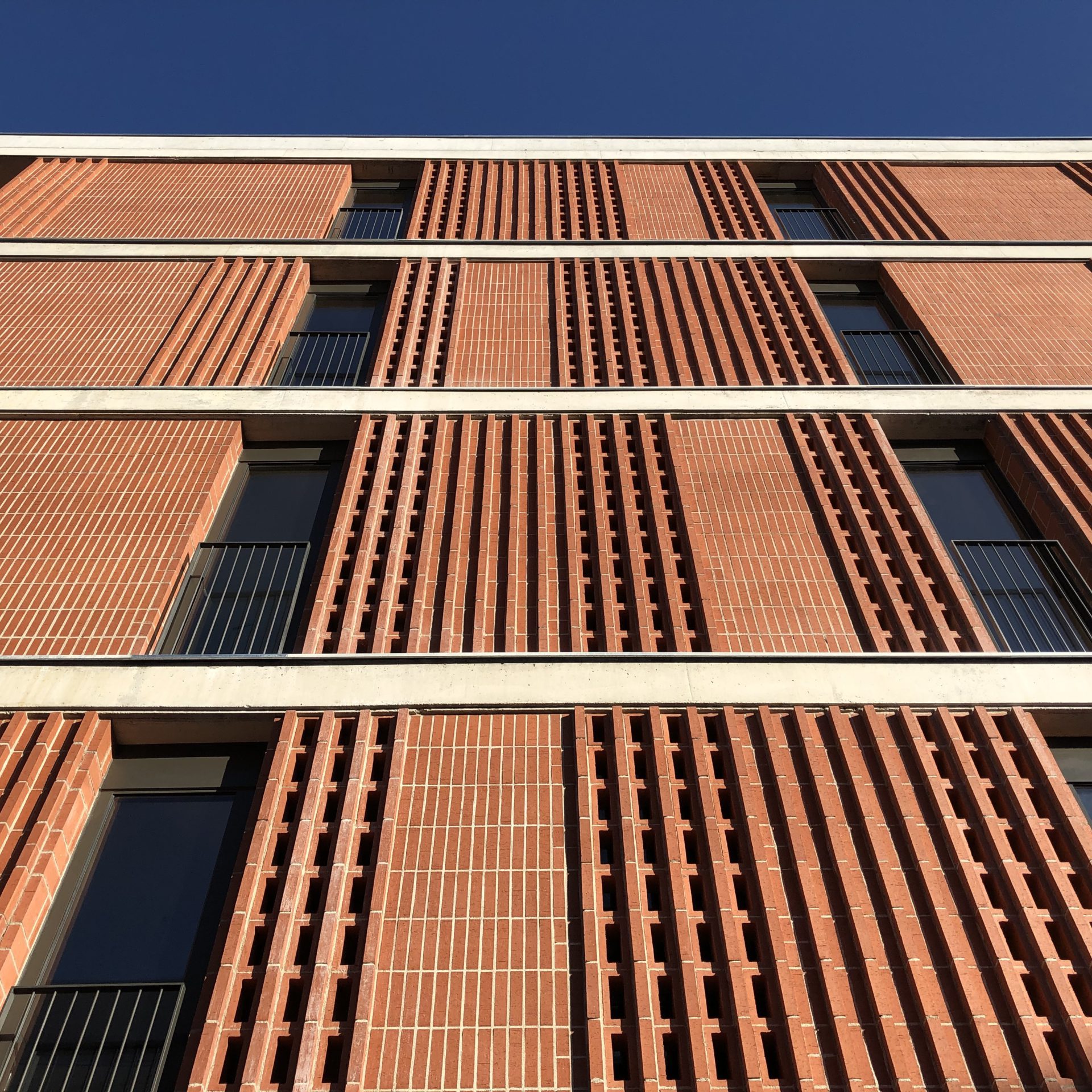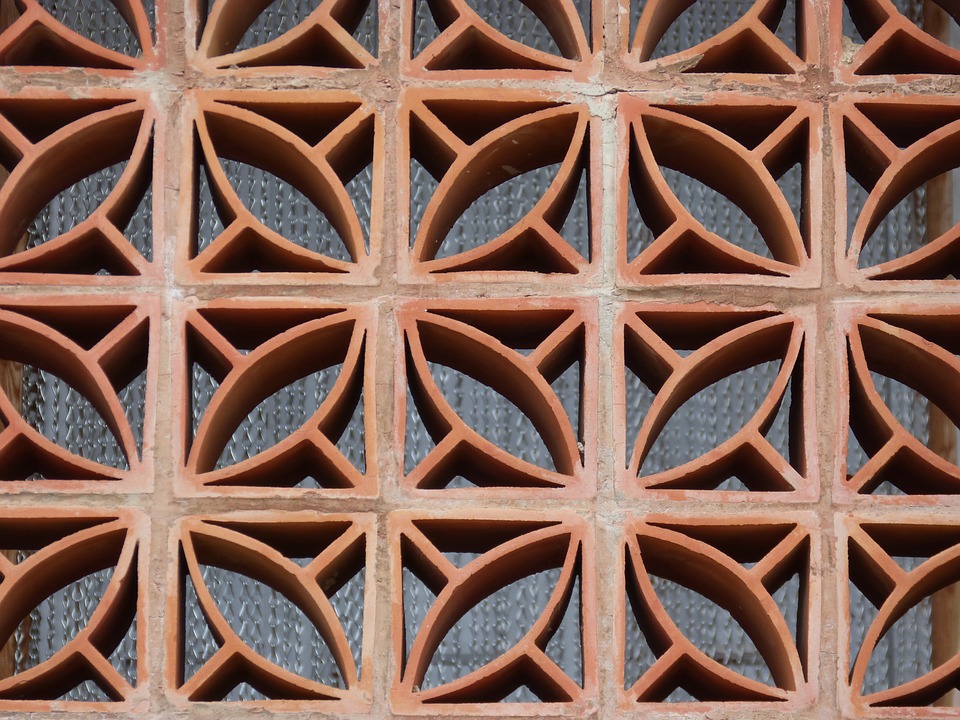
CELOSÍA CERÁMICA AINA FEM Arquitectura
Celosia: origin and characteristics. The genus Celosia, also known as cockscomb, originates from the tropical regions of Africa and South America.It belongs to the Amaranthaceae family and contains about 60 species. The herbaceous plants have simple, green leaves and either grow upright or as a climber.

10 proyectos que reinventan la celosía
Propagating. Celosia can be grown from seed, which you should sow indoors in early spring. However, should you wish to grow celosia from seed, you are likely to require a heated propagator, as a temperature between 20-25°C is required for germination. The seeds should ideally be sown into individual, biodegradable plant pots, soil blocks, or.

Celosía de pared Pétalos (40 x 20 cm, Blanco) BAUHAUS
Las celosías de hormigón son elementos decorativos y funcionales que permiten crear separaciones, sombras y ventilación en tu jardín, terraza o balcón. En Leroy Merlin encontrarás una gran variedad de modelos, colores y medidas para adaptarse a tu estilo y necesidades. Descubre cómo elegir celosías de hormigón y cómo instalarlas fácilmente.

El Cobogó técnica arquitectónica que consiste en crear celosías de hormigón o cerámica
Native to the UK. No. Potentially harmful. Genus. Celosia. Genus description. Celosia can be annuals, perennials or shrubs, with simple or lobed, alternate leaves and tiny, brightly coloured flowers in large, plume-like inflorescences. Many garden selections are closely related to C. argentea. Name status.

Celosías y piezas especiales Piera Ecoceramica
With the showy plume crested flower spikes and vivid colors, the celosia is a highly decorative indoor plant or a show stopper in summer garden beds. You have blooms from early summer to fall. The plant celosia is frost-tender and needs to be treated as an annual. You find the celosia flowers in rainbow 🌈 colors from pink, red, orange, and.

10 proyectos que reinventan la celosía
How to propagate celosia. Sow seed in early spring in a heated propagator with a temperature of 20-25°C. Sow in moist seed compost mixed with a third by volume of perlite, covered with a thin layer of the same mixture. Celosia seedlings dislike root disturbance so the seed is best sown in modular trays or individual pots that can be.

21 ejemplos de celosías en México y sus diferentes aplicaciones Facade design, Architecture
Celosia Cristata is called cockscomb because of its flower head that resembles a rooster's head. It is called Chi Kuan in China and is an edible plant. Its flowers and leaves are consumed. It produces flowers in yellow, red and white. Celosia Argentea produces very colorful looking flowers that can remain in bloom for about 8 weeks. It grows.

Celosías Arquitectónicas celosias pergola, celosias rejas, celosias portones, celosias
Here are some basic growing tips: Plant in well-draining soil or in containers with a well-drained potting mix. Richer soil produces more vibrant blooms. For the brightest blooms, plant celosia where it will receive at least six hours of full sun each day. Water regularly but allow the soil to dry between waterings.

Celosía Jardin y Casa Teja California
Sow and Plant. Sow shiny black celosia seeds in warm, moist seed starting mix. Seed germination is fast and sure, but most gardeners buy celosia seedlings. Where summers are long and warm, you can direct-sow celosia seeds in spring. Allow 30cm (12 inches) between very tall varieties. Our Garden Planner can produce a personalised calendar of.

Celosía de Barro Ventajas Fábrica de Ladrillos Ladrillera
1. Plant or pot your celosia in soil with excellent drainage. Though celosias prefer the warm, sunny conditions of the outdoors, they'll do just as well in a pot, planter, or urn, provided the soil around them stays nice and dry. Sandy and loamy soil types are ideal for flowers with low-moisture needs like celosias.

Bloque de celosía de hormigón prefabricado ALTEA Verniprens de jardín / para terraza
The Best Celosia Cultivars. You'll find three general types of celosia for growing: cockscomb, wheat, and plumed. Each variety has similar requirements for growing and good plant health, but all three have wildly different appearances. Cockscomb Celosia. The most striking flower shape celosia produces, these broad and large blooms resemble coral.

Galería de 21 ejemplos de celosías en México y sus diferentes aplicaciones 19
Growing tips. Grow celosia in full sun - at least 6 to 8 hours a day. Well-drained, nutrient-rich soil keeps plants growing strong. Use a liquid plant food every couple of weeks, especially if it's been rainy or really hot: Lots of rain can wash away nutrients and temperatures above 95 degrees F slow growth.

Galería de 21 ejemplos de celosías en México y sus diferentes aplicaciones 7
Cut early in the morning, after the dew has dried on the flowers. Cut the flower stems at ground level, and remove all leaves. Tie the stems together in small bundles, with about 6-8 stems to a bundle. Hang the bundles upside down somewhere warm, dark and well ventilated to dry. This process normally takes about a month.

CELOSÍA CERÁMICA AINA FEM Arquitectura
You can grow celosia from seeds started indoors, or buy plants in the spring. Plan to start seeds indoors six to eight weeks before your last frost date. Always plant celosia in a location with well-drained soil and full sun. Also pay attention to their mature size. Depending on the variety, celosia ranges from as short as eight inches to as.

La lección de la celosía Arquine
Annuals can be planted outside once frosts have passed. Grow on, in a moist but well-drained fertile soil, in full sun and in a sheltered position. Apply a balanced liquid fertiliser every few weeks. An excellent choice for bedding schemes or in mid border displays, pots or containers.

Inspiración para decorar con Celosías, renovarán tus espacios
Sow the seeds: Place 2-3 seeds on top of the soil in each cell or pot. Lightly press the seeds into the soil, ensuring good seed-to-soil contact. Space the seeds about 1 inch apart. Cover and mist: If using seed-starting trays, cover them with clear plastic wrap to create a mini greenhouse effect.